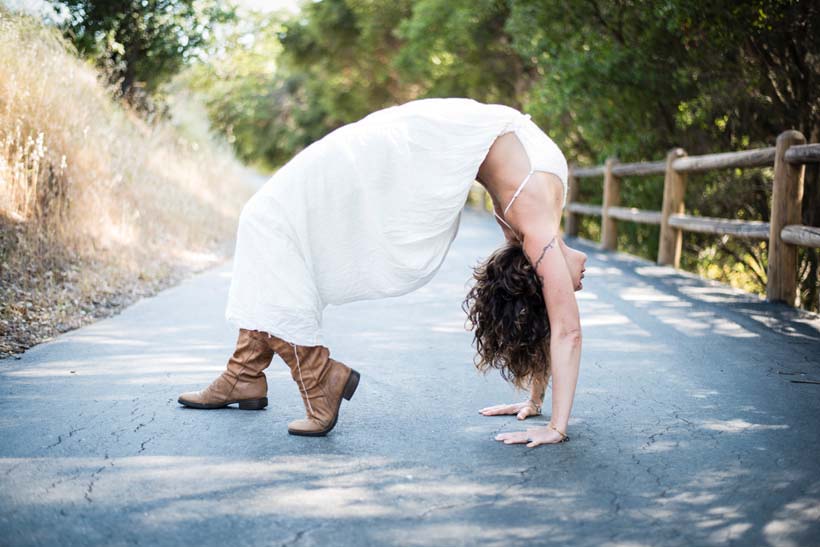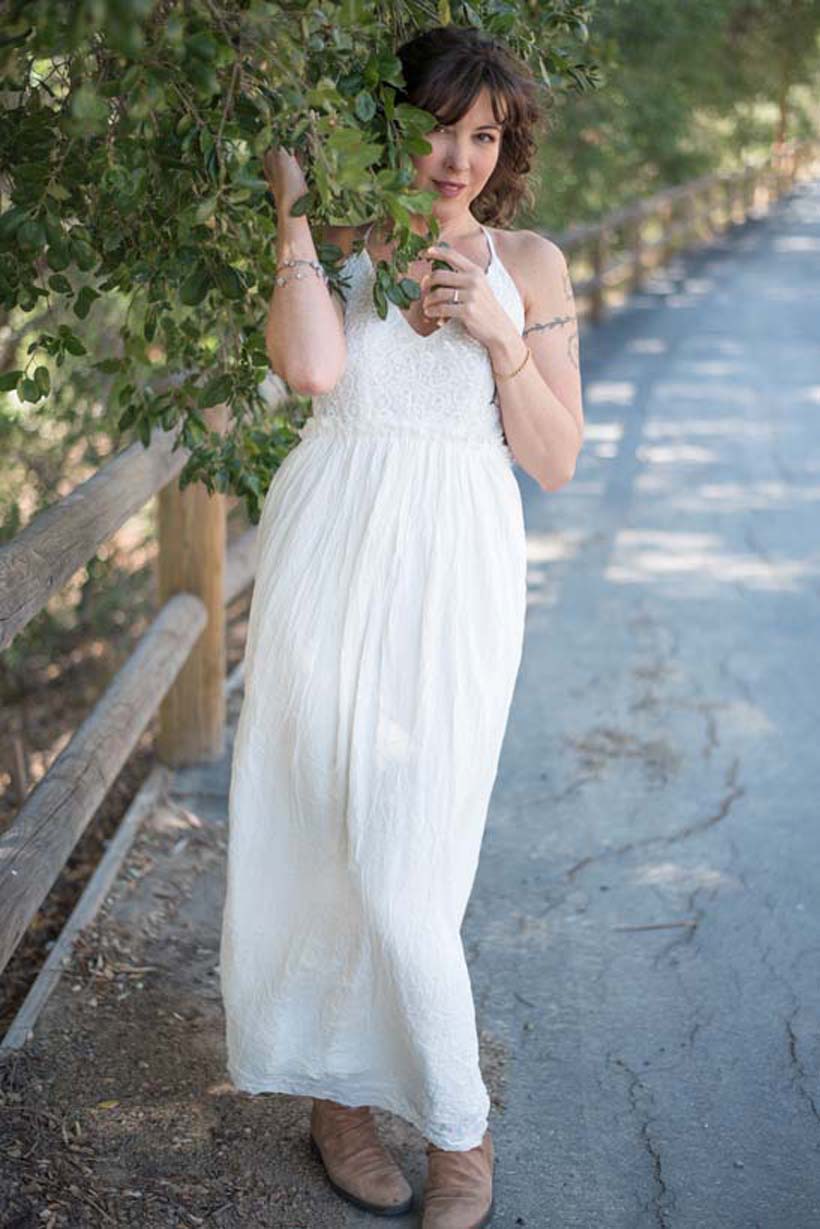
One of the benefits of our yoga practice is the ability to embrace change and shift our samskaras, which are our unconscious patterns. It is a process that has been an important part of my own life.
If you had blended my mom and dad into one person with the traits that caused me the most pain and confusion, out would have come the man I dated after my high school sweetheart went to college. Not only was there the incredible age difference, (21 years for me in this case versus 19 years for my parents), he was also elusive and had a serious fidelity problem.
I spent three years with him, trying to get him to love me, to spend time with me, to grant me his approval and affection, and to no longer seek or need the attention of other women. I’m sure you can guess what happened. No matter what I did, he was relentlessly busy. He began work at the crack of dawn, and collapsed into bed at 11pm. He was critical of my appearance, he was controlling, and he cheated on me regularly. I didn’t realize I was trying to rewrite my own history and find my happy ending. At twenty, I didn’t have the insight to recognize that I was playing out an old story and so he broke my heart again and again. I thought I might not survive it.
Over the next several years, I repeated this pattern in one form or another. I dated men who were broken and needy and wanted me to help them. I dated men who were unable to give me any kind of genuine love, men with fear of commitment, fear of intimacy, or fear of abandonment. My deepest fear was being left; I tried to make myself perfect in these relationships and be what my partner needed so he wouldn’t leave. Time and again, I ended up broken-hearted.
Thankfully, I started practicing yoga along the way. As time went on, I discovered that I had a well of pain within me that wasn’t going to be soothed by anyone but me; although it took me years to recognize and understand it. Carl Jung, Swiss psychiatrist and psychotherapist and founder of the school of analytical psychology, has a phenomenal quote about this very thing: “Until you make the unconscious conscious, it will direct your life, and you will call it fate.”
Sigmund Freud, too, observed that his patients had a “repetition compulsion” that overrode their “pleasure principle.” While this confused him at first, he later theorized that a person’s drive to master painful events she could not master as a child was stronger than her drive to be happy. Yikes.
In yoga, we call the patterns or grooves we continually repeat samskaras. The Sanskrit word samskara comes from the root “sam” which means “joined together,” and “kara” which means “action.” In yogic philosophy, the belief is that we come into the world with a karmic inheritance and we are here to solve the issues that we didn’t in our previous lifetimes. You don’t have to believe in past lives, but I think most of us can look back and recognize that we do tend to repeat patterns.

Some samskaras have a positive effect. You might have a pattern of helping people and trying to be of service – that wouldn’t necessarily be a samskara you’d want to change. The negative samskaras, though, are another story. Fortunately, they are not set in stone. If you have a habit of chasing after unavailable people, you do not have to accept that as “the way you are.”
There is is tool in yoga philosophy that can help us to face our samskaras. The word Svadhyaya means “self-study” and the practice of viveka is “discernement.” When you recognize a pattern or groove that isn’t serving you, you can create an intention, or sankalpa to create a new groove. Is having an intention enough? No! So we have abhyasa or practice. If you want to create a new habit, a new way of being, a healthier groove, you have to practice. Rewiring your system takes dedication, determination, and compassion, but it is absolutely doable.
Once I understood what I’d been doing and acknowledged that if I “kept doing what I’d been doing, I’d keep getting what I’d been getting” (heartbreak), I decided I didn’t want to go down that road for the rest of my life! Who wants to crash into a brick wall over and over again?
I’ve spent the better part of the last twenty-five years getting right with myself on my yoga mat. There’s a huge emphasis on the physical practice in our culture, but I have found the real transformation happens in the rest of my day, off the mat. I love feeling strong and comfortable in my body, and I love playing and doing things upside down, but my deepest gratitude has little to do with putting my ankle behind my head. The physical practice is one-eighth of the equation, and when you start to dive into the other seven limbs, you discover a roadmap home to yourself.
Everything around us is a reflection of everything within us. When I look around at our violent and often incomprehensible world, my solution is to create more peace within, so I have that much more to spread around. When I teach, these are the tools I share. There’s no reason to repeat patterns that cause us heartbreak, when we could create ones that lead to joy.
Yoga is an ancient practice, but it is also practical and relevant to our modern, busy, smartphone-carrying world. It is a system of healing, of knowing yourself, of being at ease with who you are and what you need to be happy. Yoga is a methodology of integration and wholeness, so you can offer the best of yourself to the world.
